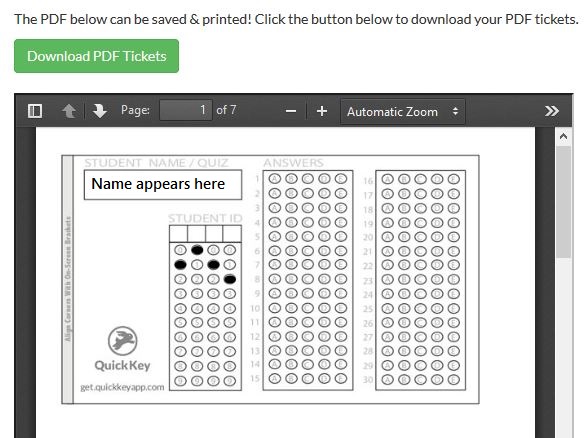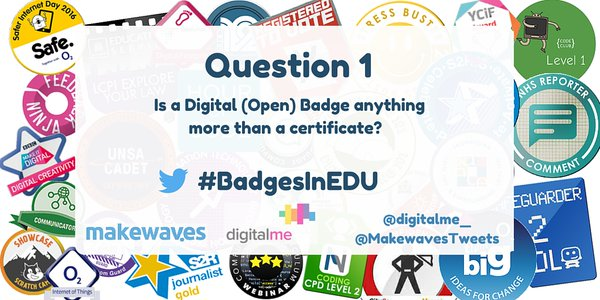Teaching Maths this year has demanded that I develop my knowledge and my craft, encouraged me to re-evaluate my thinking on assessment (progress, performance and interleaving) as well as increasing my appreciation of my colleagues. Not being a subject specialist has it’s obvious limitations, I know I am missing the maths sparkle, but how much am I missing?
Teaching Maths has really intensified my professional interest in marking and feedback however, when you have to learn and plan almost all lessons (not vastly dissimilar to being an NQT) every minute counts. To date in Maths, I have been more prone to mark in class and use pupils as assessors in Maths than English or PE. Why? I think it is due to the more concrete marking experience in Maths and second, I see marking / assessing and moderation as an excellent teaching strategy.
*What I would come to refer to as a part of metacognitive monitoring. NB April 2022
If I share verbal feedback, I will often ask pupils to jot it down in their books. I expect the pupils to think about that feedback and to respond. If I do not get them to jot it down, there is no evidence that I expect them to think and to respond.
Sometimes I use “dot and circle.” A dot to note an error. The circle is the pupil’s response that the error has been found and corrected. Assessment as learning.
Why Mark in Lessons
Marking in lessons, during lessons, is assessment for learning. I use it regularly.
I interleave prior learning in every lesson start – recap / expect knowledge is coded / quizzed von a blue slide.
Blue slides recaps learning from the previous lesson (40%), the current unit (30%) and previous units (30%). I am confident that most of the pupils have learnt their square numbers and square roots by the two sets of four rapid fire recap lessons. The blue slide a communication to the pupil that they are working.
*What I would come to refer to as successive relearning.
Feedback with direction / support – Try that again, however this time start with…
Many motivations for Marking
Marking to consolidate – Marking tailored to correction, to a model answer.
Marking to accelerate – moving the pupil through to more challenging tasks, tasks with greater demand or challenge. MyMaths textbooks often has six, seven or more parts. Pupils know that if they can complete the first three without challenge, they move to the next question. Pupils are not lazy, they are efficient. I encourage pupils to find the “struggle.” To invest from that point. 30 individual pupils can select where to start, more efficiently than I can direct.
Marking to challenge – exam technique and contextual application is a real challenge for most of the pupils in our class. We have found that understanding the question is as significant barrier as applying the maths.
Self assessment is used following every MyPractice papers.
Peer assessment and small group work brings 2, 3 or 4 coaches into the classroom. Some pupils have really consolidated their own understanding, teaching and coaching their fellow pupils.
Lastly, I have used MyMaths to personalise and target learning blind spots. I only hope that MyMaths improve their search and filter options. I am sure there are other lean marking ideas, feel free to add them.
[qr_code_display]


